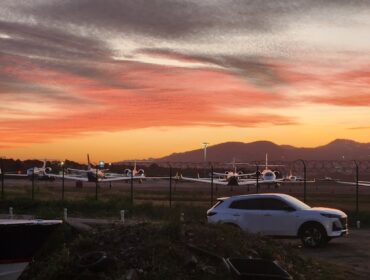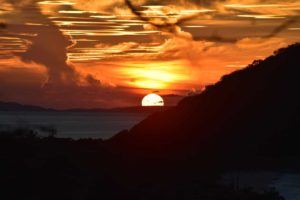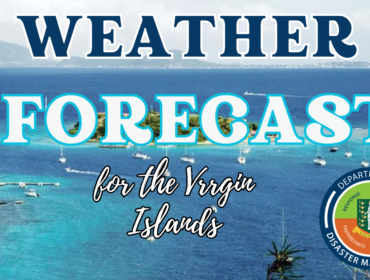Photo Caption: One of the remotely operated vehicles (ROVs) being used to undertake the dives as part of the 2013 Nautilus Exploration Programme. Photo credit: www.nautiluslive.org
Underwater images from various locations near the
Anegada Passage and the Virgin Islands basin are available live online this
week compliments of the 2013 Nautilus Exploration Programme.
The dives are
being launched from the exploration vessel (EV) Nautilus, which is currently
anchored in BVI waters and the rotating corps of explorers are mapping the
geological, biological, archaeological and chemical aspects of areas around
Anegada. The ship is owned and funded by US based non-profit organisation Ocean
Exploration Trust, which is headed by Dr. Robert Ballard.
The images
captured during the exploration are being shared live on the web via
telepresence technology, which essentially puts the unexplored ocean directly
in front of interested viewers via an interactive initiative called Exploration
Now.
Dr. Uri S. ten
Brink, a research geophysicist with the United States Geological Survey (USGS) sought
the assistance of the Ministry of Natural Resources and Labour to gain approval
for the dives in the Territorial waters and the Department of Disaster
Management (DDM) to publicise the BVI leg of the exploration which began in
June and will conclude in November.
In an email to DDM
Director, Ms. Sharleen DaBreo, Dr. ten Brink explained that “a big part of the
operation is education and outreach. People can write to us and we answer on
the air, so please spread the word via your local radio, schools, and colleges.
We will be diving throughout the week in a few more locations around Anegada
Passage and the Virgin Islands basin, finishing on Thursday afternoon. Last
week we dove northwest of Puerto Rico and were followed by tens of thousands of
people on the island who were commenting and asking questions.”
The team started diving in
the BVI on Saturday on Barracuda Bank, one of the notable fishing banks in the
BVI which is located south east of Virgin Gorda.
Responding to a viewer’s
comment on this particular dive, Dr. ten Bank stated in another email that “the uppermost
part of Barracuda bank was a shear, almost vertical and very smooth wall rising
from about 300 metres to 100 metres where we had to stop diving because of ROV [remotely
operated vehicle] safety.”
The US based
researcher added that “because of the vertical wall it appears that there was
less chance for larvae, and then algae and corals to colonise, so while there
was certainly a change in the benthic and fish ecology at this depth, it was
less rich than expected. We could contrast it with Desecheo Ridge west of
Puerto Rico where the slope is less steep, and where there was an incredible
burst of life at this depth.”
Dr. ten Brink
also noted the discovery of “lots of dead corals at depths of about 1200 metres
and mounds of dead halimeda at depths of about 500 metres” leading him to the conclusion that “there must be great
downward transport of detritus”.
During the more recent dive which started Monday at 6:00
p.m., the ROVs were exploring and collecting samples along the flank of an ancient
volcano, Noroit Seamount.
According to
the dive plan, outlined on the mission’s website www.nautiluslive.org, “this region is of
particular geological interest because of possibility of relatively recent
volcanic activity on the seafloor.” With regard to the biological interest of
the area, the dive plan indicated that the team will explore “the benthic
ecology associated with the seamount slope and crest. This feature is not as steep
or as deep as other dive locations in this expedition. It is also interesting
because the seamount sits along the interface between the Atlantic and
Caribbean water masses.”
The BVI leg of the exploration is dedicated to
underwater geological hazards and is being executed in collaboration with the
USGS. In addition to the live underwater footage currently streaming on the www.nautiluslive.org, archived highlights
from previous dives are also available. Residents of the BVI are encouraged to
visit the website to view the dives as well as participate in the discussion by
posing questions or comments to the dive team.



